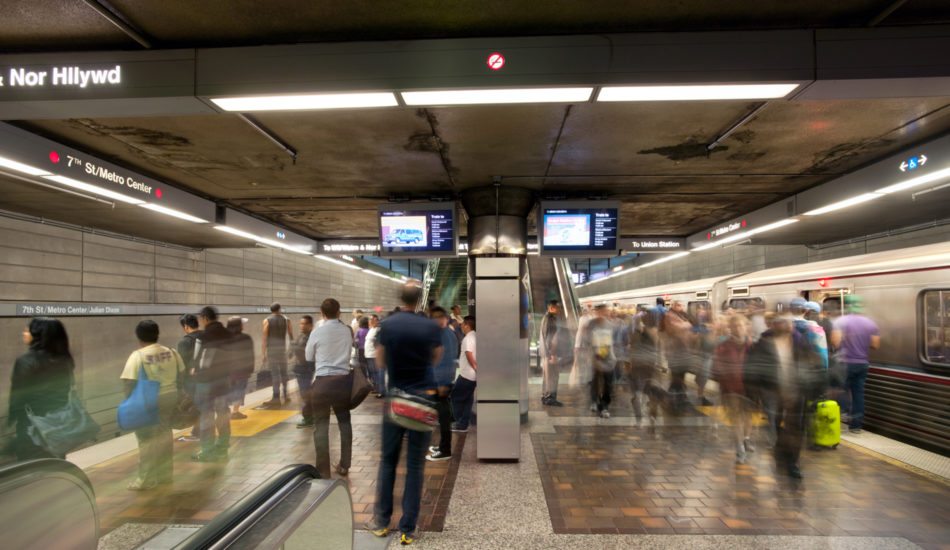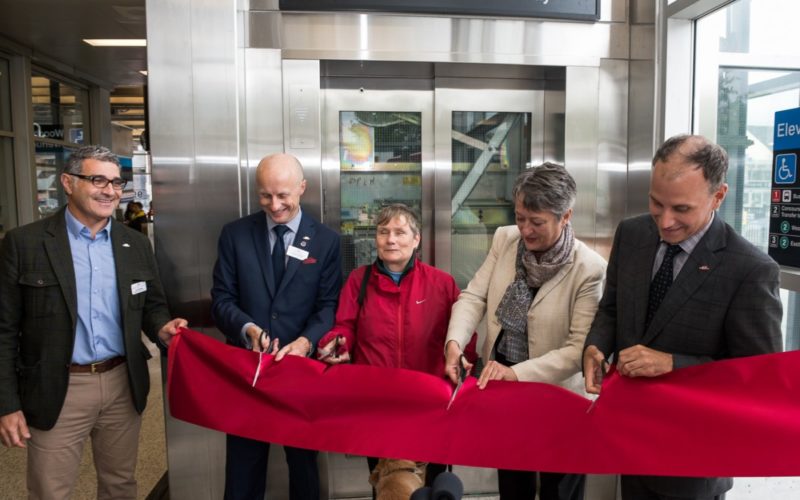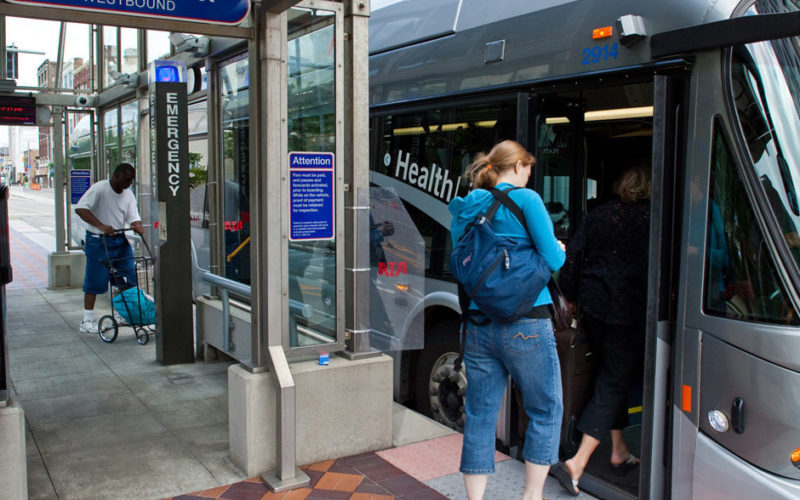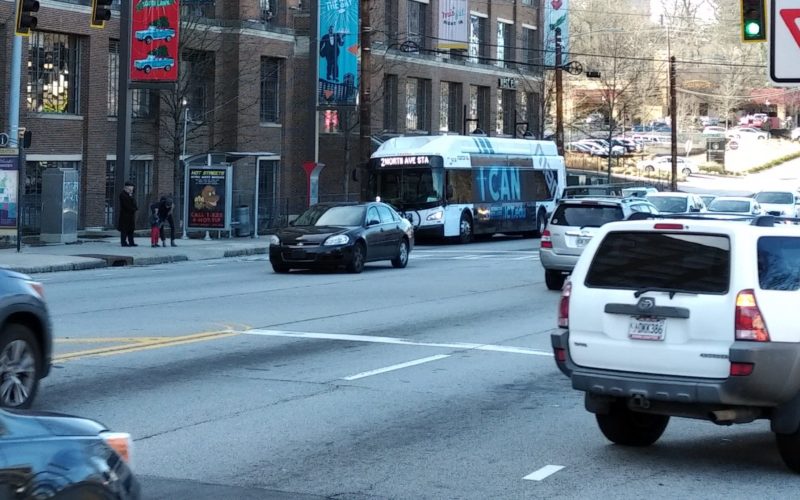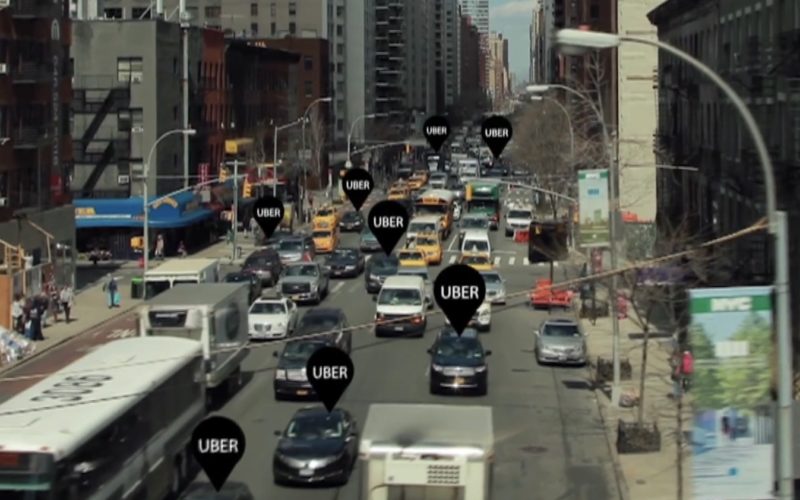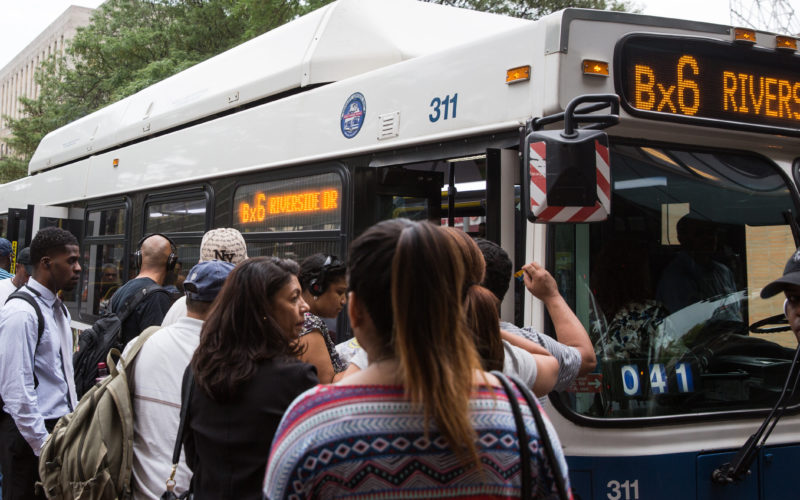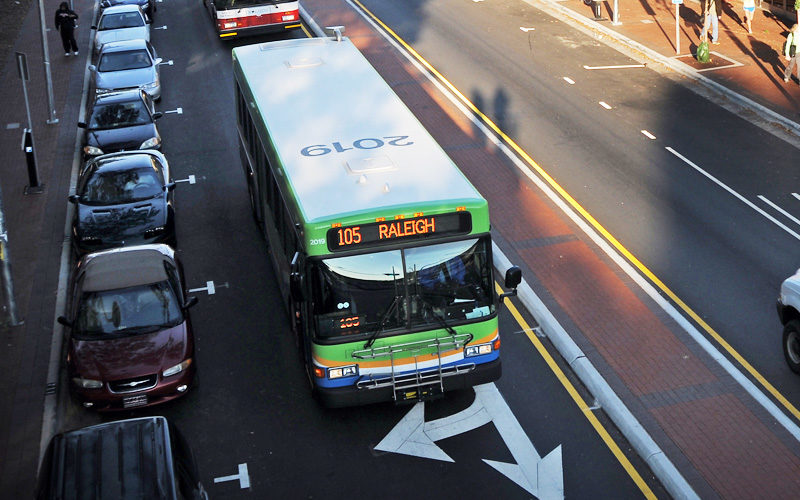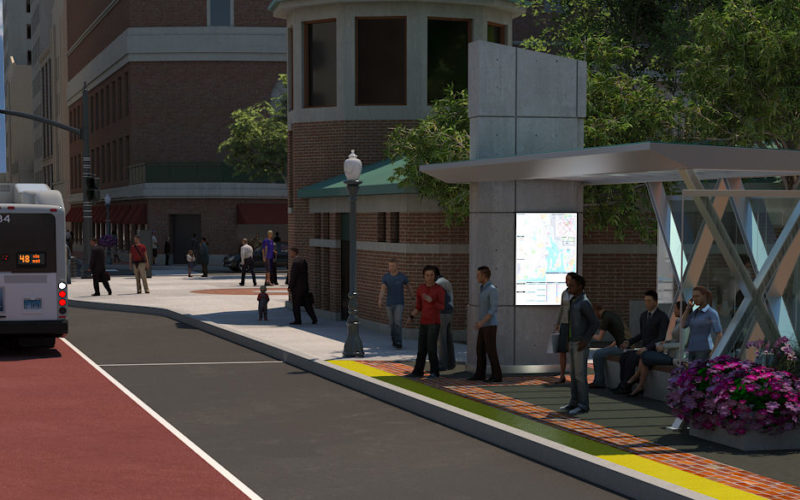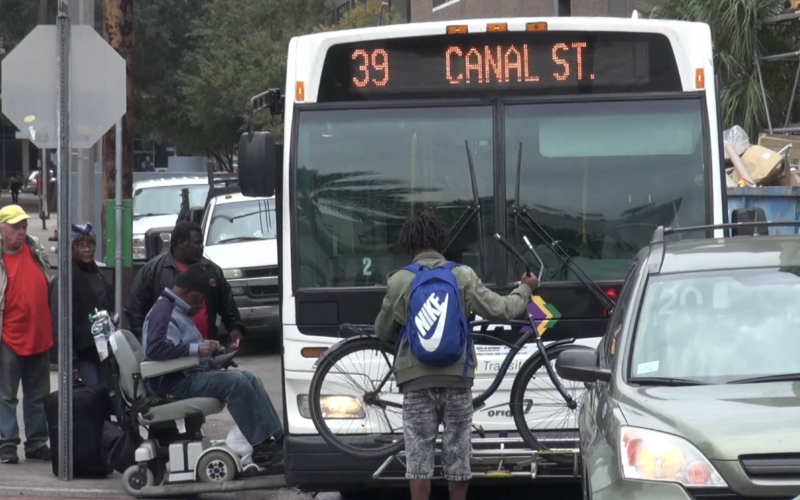Riding transit is dramatically safer than driving – you’re 60 times less likely to die when riding a bus than in a private vehicle, 30 times less likely on light rail.
Read MoreIn his first few months on the job as President of New York City Transit, Andy Byford has caused a stir among transit and mobility advocates by highlighting improved accessibility as one of his top priorities.
Read MoreWhen it comes to increasing transit ridership, fare policy is an underutilized strategic tool. But a few transit agencies are demonstrating how it can be used to attract (or in some cases, repel) transit riders.
Read MoreEveryone’s watching Atlanta. No, not the (exemplary) television show, the lively transportation developments that are unfolding in real-time on both the regional and local level.
Read MoreMore people are taking Uber and Lyft than there is space for them on city streets. The result is more traffic, slower buses, and falling transit ridership. Cities can't build new streets or widen the ones we have—even if they wanted to. Instead, cities need to make more efficient use of existing streets.
This morning, TransitCenter and the Tri-State Transportation Campaign released a new report and letter urging the MTA board to ensure MTA’s new fare payment system is used to its fullest to make the agency’s transit systems as convenient and affordable to use as possible
Transit systems that won new resources from ballot measures in 2016 are now steadily increasing transit service.
Read MoreThis summer, the Rhode Island Public Transit Authority (RIPTA) and the City of Providence will launch the Downtown Transit Connector.
Read MoreSince Hurricane Katrina hit New Orleans in 2005, the city's transit recovery has been sluggish and asymmetrical.
